ART CITIES:N.York-François Morellet
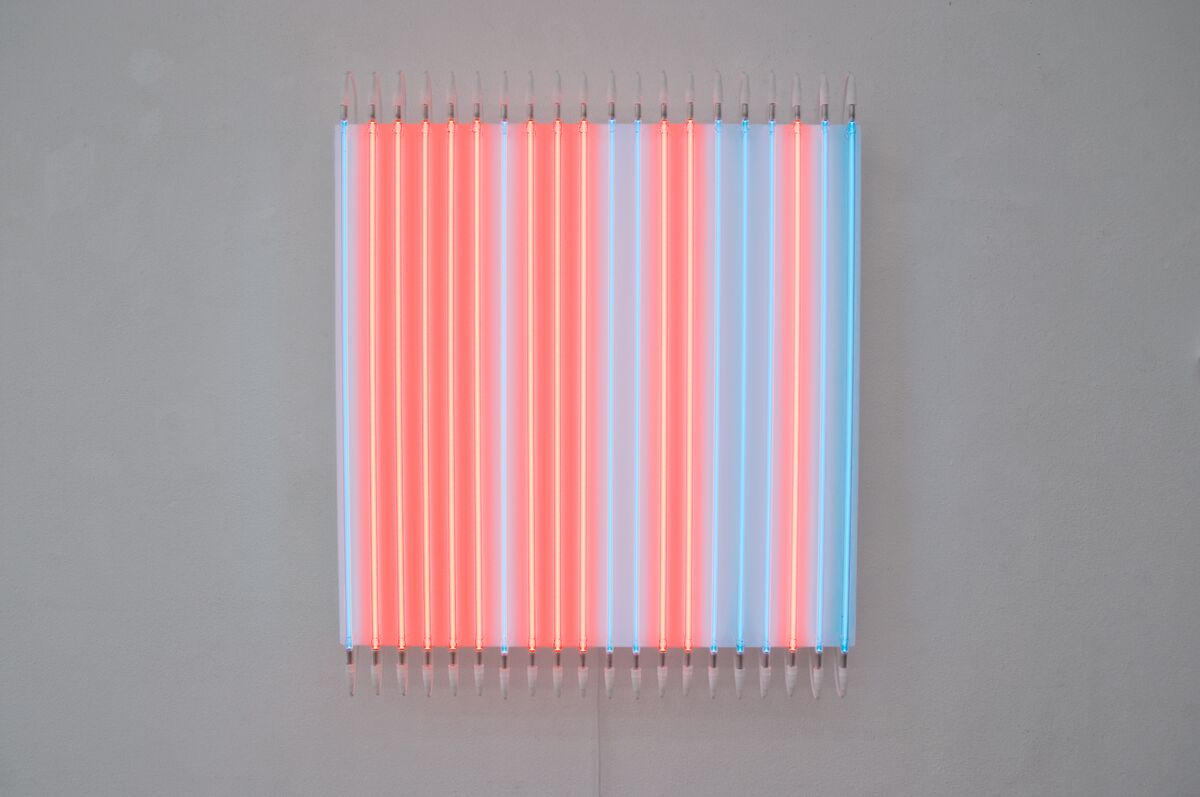 A prolific self-taught painter, sculptor, and installation artist, François Morellet, developed a radical approach to geometric abstraction during a career spanning more than six decades. He was one of the founding members of the Groupe de Recherche d’Art Visuel (GRAV)* an artist’s collaborative that emerged in France in the early 1960s. Although the artist’s systematic art has been widely exhibited in Europe, his oeuvre has rarely been shown or studied in the United States.
A prolific self-taught painter, sculptor, and installation artist, François Morellet, developed a radical approach to geometric abstraction during a career spanning more than six decades. He was one of the founding members of the Groupe de Recherche d’Art Visuel (GRAV)* an artist’s collaborative that emerged in France in the early 1960s. Although the artist’s systematic art has been widely exhibited in Europe, his oeuvre has rarely been shown or studied in the United States.
By Dimitris Lempesis
Photo: Hauser & Wirth Gallery Archive
The exhibition “François Morellet. In-Coherent” offers a glimpse of François Morellet’s prolific and multi-facetted oeuvre from 1953*2013, including some rarely seen key abstract geometric paintings from the 1950s and 1960s, a major wall installation from 1977, space installations and several neon works, a medium pioneered and continuously readdressed by the artist throughout his life. The exhibition begins with works from the 1950s, a period during which Morellet turned from figurative and representational work to abstraction following an influential trip to Brazil in 1950. Inspired by his first encounters there with Concrete art and the work of Max Bill, he began creating works that followed simple systems and rules and eliminated as many arbitrary decisions as possible. On personal detachment, Morellet has said, “All my work is about doing as little as possible and making the fewest possible arbitrary decisions”. His “Trames” paintings feature superimposed grids of perpendicular lines or networks of dashes rotated at various angles, as in “36 trames de tirets pivotées au centre” (1960). In works such as “Carrés et triangles rouges et bleus” (1953) and “Carré inscrit dans un carré” (1954), Morellet exploits the possibilities of simple geometry by creating a system of circumscribed squares which in turn form isosceles square triangles. These early works also expose Morellet’s intent to use descriptive titles containing the information necessary for the viewer to understand the rule behind the creation of the work. Morellet eventually went beyond the confines of the picture plane and in the 1970s became interested in what he called ‘the outside of painting,’ focusing on three-dimensionality and introducing steel, iron, wire, mesh, and later wood into his work. Three space installations in the exhibition, each composed of a metal angle iron and two white canvases, exploit the simple rule of finding ways to connect two surfaces that are not situated in the same plane by the sole straight line shared by these surfaces. By exploring the possibilities of three-dimensionality, Morellet succeeds in creating a new train of thought: rather than drawing focus into the interior of the picture plane, he broadens his scope to include the spaces around, beneath, and above the painting. In the 1980s Morellet explored relief paintings containing irregularly shaped elements, often natural material culled from outside. Morellet found it ‘wonderful that nature has finally started to imitate painting.’ In works such as “Géométree n° 69” (1984), he incorporates chance and humor to the most cogent effect. The title “Géométree” is a portmanteau combining two words that describe his work’s ingredients – geometry and a tree branch. Here, an arched tree branch that juts from the canvas dictates the shape and the curve of an intersecting line drawn in pencil, creating two larger intersecting circles that continue beyond the plane of the canvas. In another series entitled “Entre deux mers” (2012-2013), Morellet plays with the possibilities of a richly layered pun; the name of a white wine from the Bordeaux region traditionally paired with oysters. Also on view are wall drawings, first created by Morellet in 1968, and reconfigured for this exhibition according to a previously determined system. In “4 trames 30° 60° 120° 150° partant des 4 angles du mur” 1977 / 2021), the artist left the most concise instructions to create a network of lines traced with black adhesive tape on a blank white wall. These ephemeral works showcase Morellet’s engagement with systems based on simple rules as a proliferation factor and with the notion of ‘all over’, allowing him once again to go beyond the arbitrary limits of the canvas.
François Morellet was born in Cholet, France, in 1926. He began painting at age 14 and studied Russian literature in Paris. Upon completing his studies, he returned to Cholet in 1948, continuing to paint while running a family-owned toy factory until 1976. This position allowed him to finance his early artistic career while bringing him into dialogue with fabricators and exposing him to material production techniques, which greatly invigorated his artistic practice. In 1950, he visited Brazil, where he first encountered the Concrete Art movement and the innovations of its progenitor, Max Bill. Following his return to France in 1951, Morellet’s stylistic approach to painting shifted, becoming more geometric and analytical. In 1952, he visited the Alhambra in Granada, Spain, which was a revelatory experience. It was during this year that he embraced systems and geometric abstraction. He also became friends with Joël Stein and was introduced to the work of Marcel Duchamp and Piet Mondrian. In 1961, he co-founded the Groupe de Recherche d’Art Visuel (GRAV)*. In 1963, Morellet began working with a neon fabricator to generate arrangements of light combined with handmade mechanical timing systems which established a specific lighting rhythm for each panel. After GRAV disbanded in 1968, Morellet’s interests in site-specificity gained momentum, and his grids expanded onto architectural structures. He also began to create dense compositions of segmented lines rendered in neon tubes, seemingly suspended in the air. The artist denied the significance of “information-bearing painting” with wit and humor, an approach that he shared with artists such as Bruce Nauman.
* Groupe de Recherche d’Art Visuel (GRAV) was a collaborative artists group in Paris that consisted of eleven opto-kinetic artists, like François Morellet, Julio Le Parc, Francisco Sobrino, Horacio Garcia Rossi, Jean-Pierre Yvaral, Joël Stein and Vera Molnár, who picked up on Victor Vasarely’s concept that the sole artist was outdated and which, according to its 1963 manifesto, appealed to the direct participation of the public with an influence on its behavior, notably through the use of interactive labyrinths. GRAV was active in Paris from 1960 to 1968. Their main aim was to merge the individual identities of the members into a collective and individually anonymous activity linked to the scientific and technological disciplines based around collective events called Labyrinths.
Photo: François Morellet, Rouge pair – Bleu impair n° 5, 2012, Eleven red neon tubes and 9 blue argon tubes, acrylic on canvas, 120 x 100 cm / 47 1/4 x 39 3/8 in, © François Morellet/Artists Rights Society (ARS), New York/ADAGP, Paris, Courtesy Estate Morellet
Info: Hauser & Wirth Gallery, 32 East 69th Street, New York, Duration: 26/1-7/4/2021, Days & Hours: Tue-Sat 10:00-18:00 (book a timed appointment here), www.hauserwirth.com
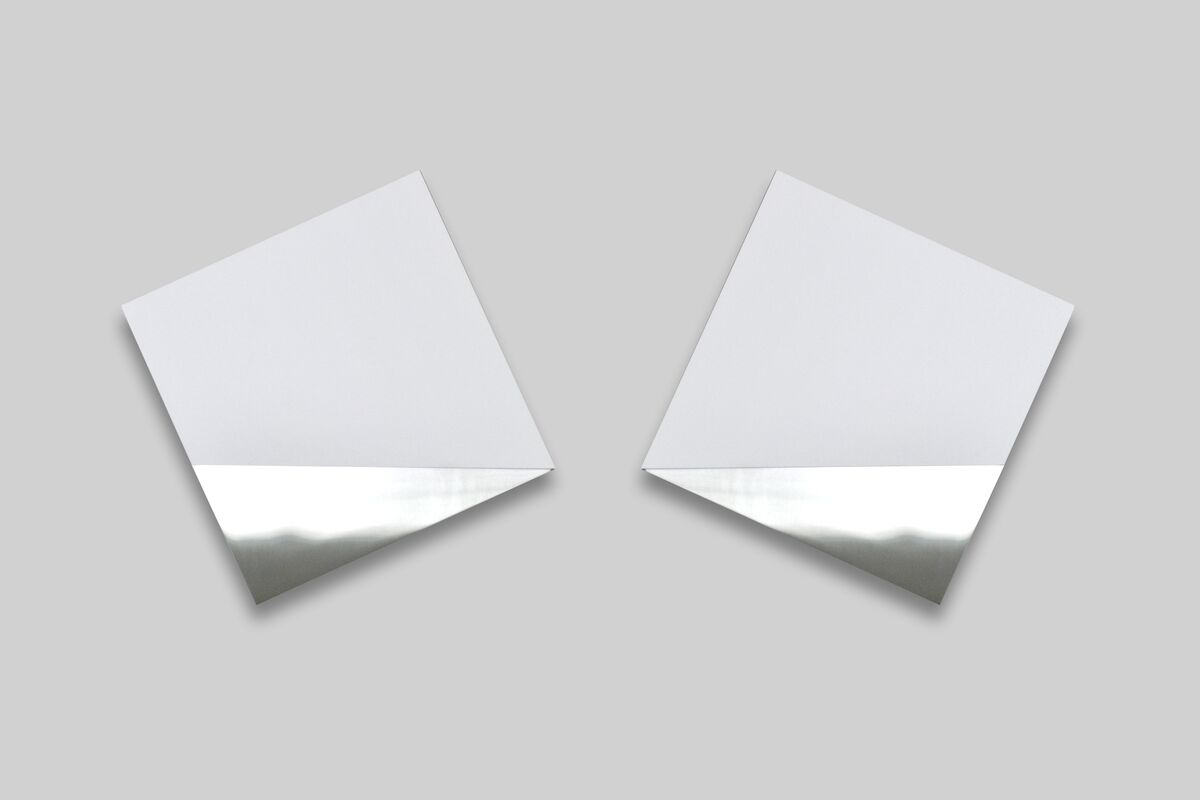
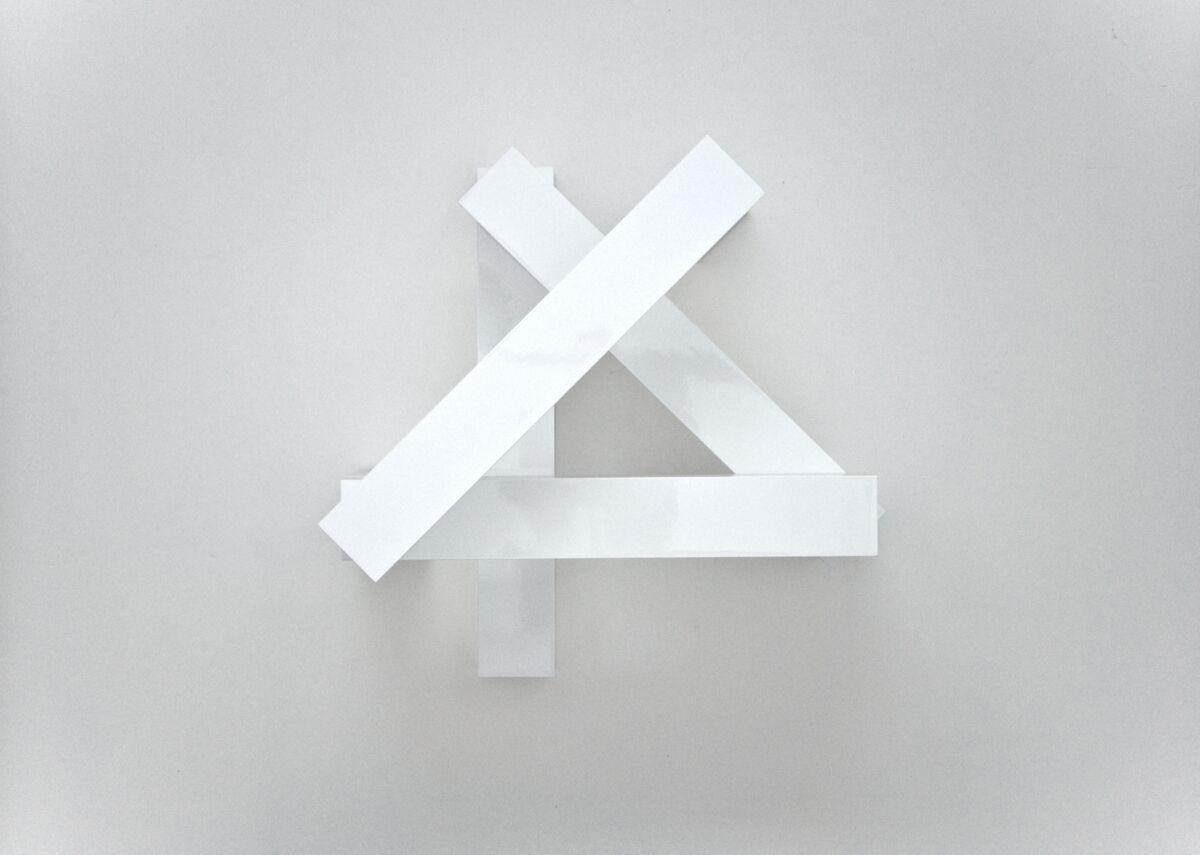
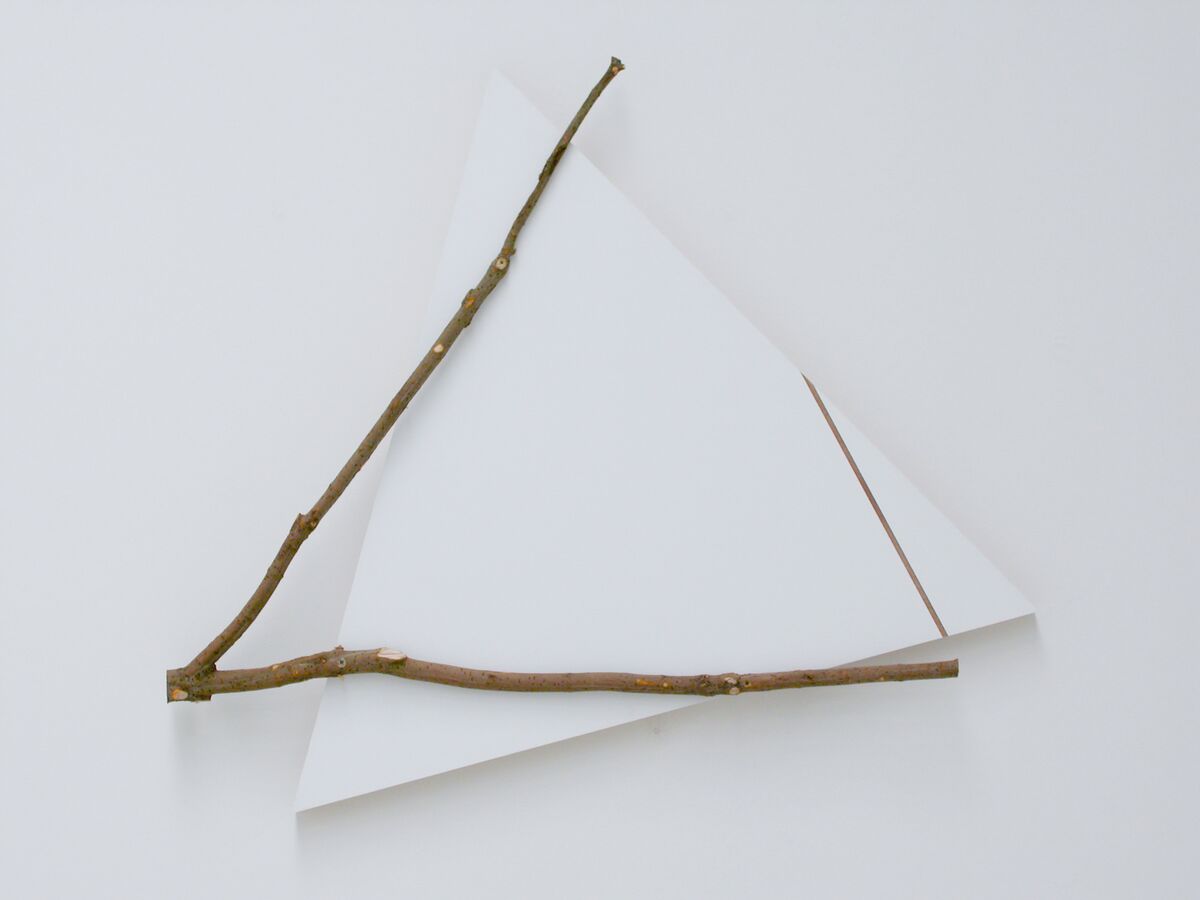
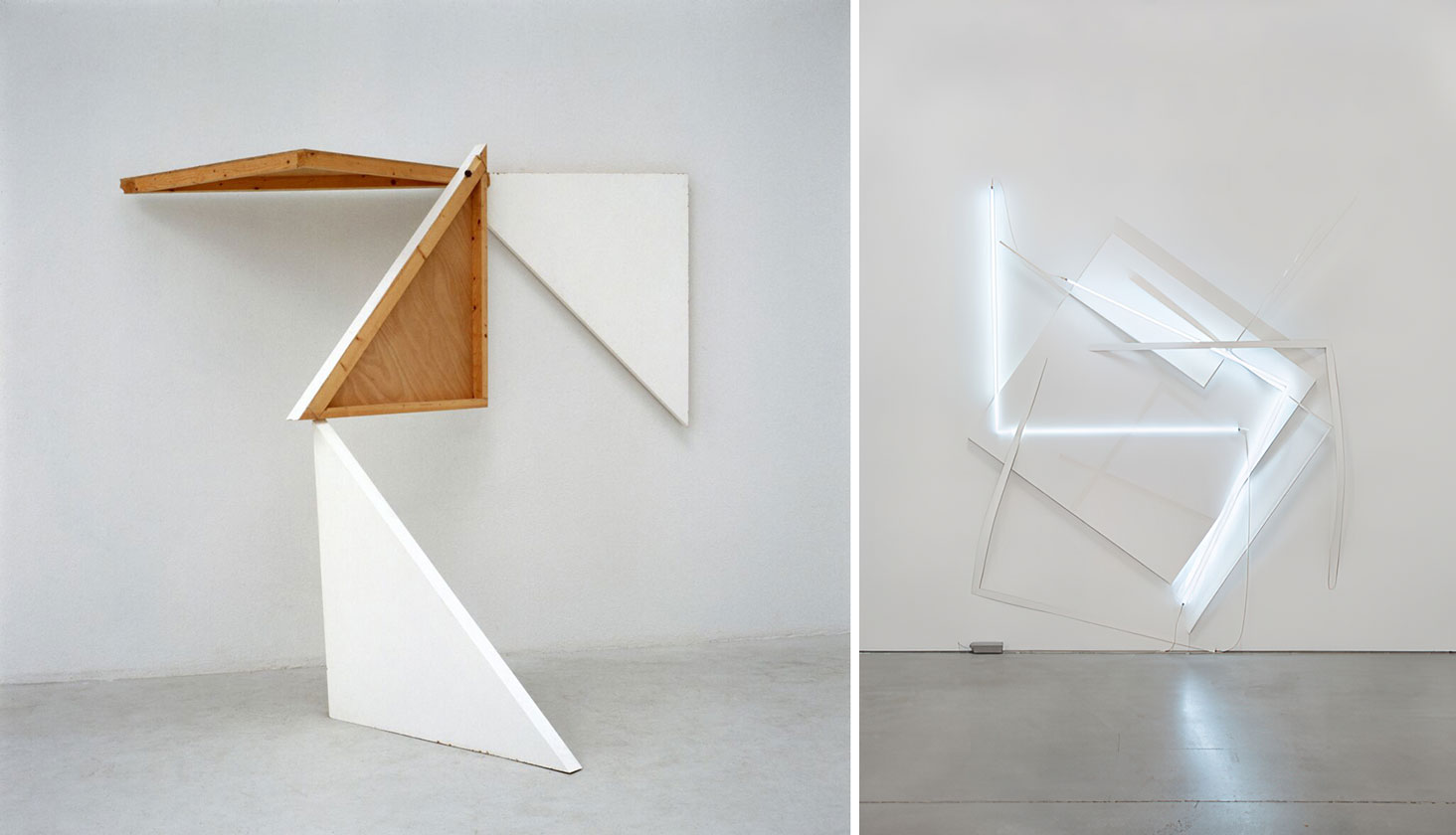
Right: François Morellet, Relache n. 2 blanc, 1992, acrylic and oil on canvas, lacquered aluminium, neon tubes, canvas strips, 340 x 290 cm / 133 7/8 x 141 1/8 in, © François Morellet/Artists Rights Society (ARS), New York/ADAGP, Paris, Courtesy Estate Morellet, Photo: Bill Jacobson Studio-New York, Courtesy Dia Art Foundation-New York
